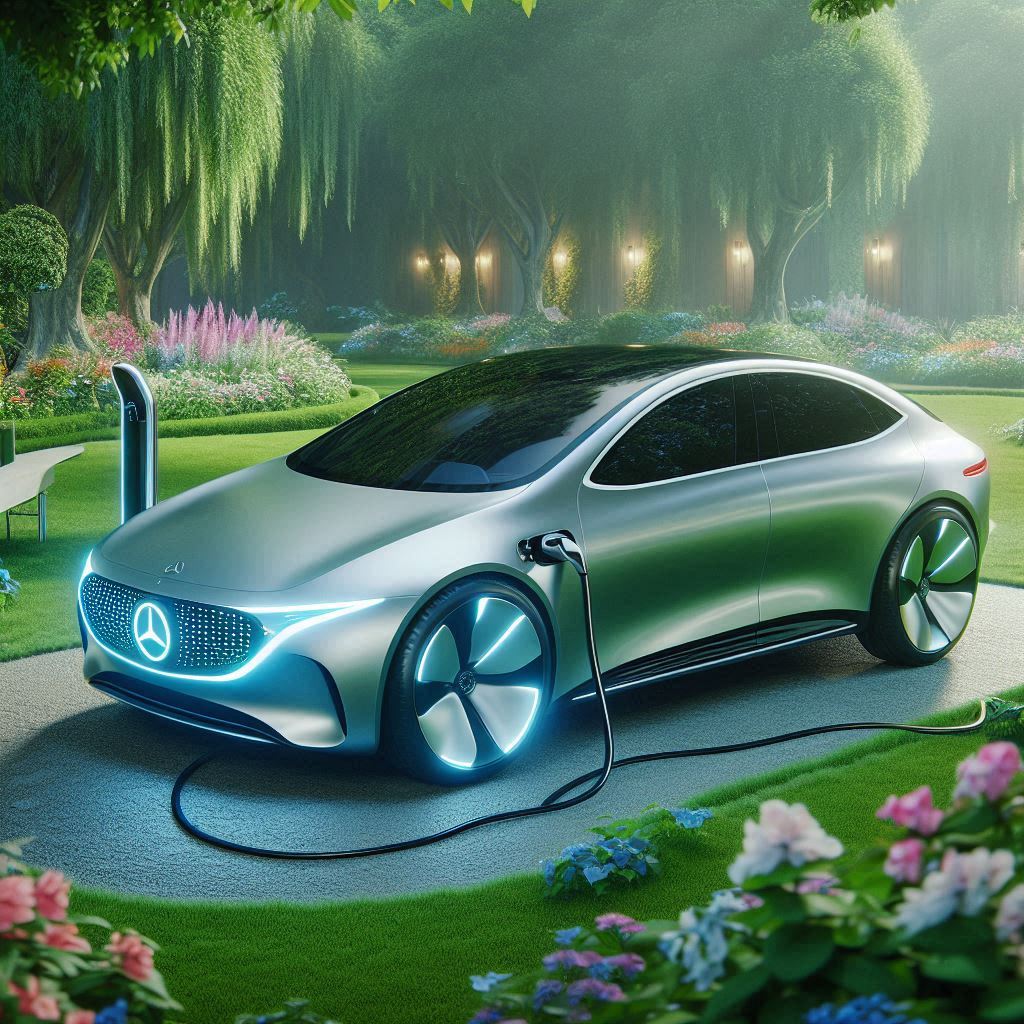Regenerative Braking and Its Impact on EV Maintenance
Mercedes Porsche Mechanic | Midtown Auto Repair | Sacramento
P. 916.382.7700
Regenerative Braking and Its Impact on EV Maintenance
Regenerative braking is an innovative technology used in electric and hybrid vehicles that captures energy typically lost during braking and converts it into usable electricity. This process not only enhances energy efficiency but also extends the lifespan of the braking system.
How Regenerative Braking Works
When a vehicle equipped with regenerative braking slows down, its electric motor runs in reverse. Instead of consuming electricity to create motion, the motor acts as a generator, converting the vehicle’s kinetic energy into electrical energy. This electricity is then stored in the vehicle’s battery for future use. Essentially, regenerative braking transforms the vehicle’s momentum back into electric power, reducing the need for external charging.
Benefits for Energy Efficiency
The primary advantage of regenerative braking is its contribution to energy efficiency. Traditional braking systems dissipate kinetic energy as heat, which is entirely wasted. In contrast, regenerative braking recovers a portion of this energy and reuses it, thereby increasing the overall efficiency of the vehicle. This process can significantly extend the driving range of electric vehicles (EVs) and reduce fuel consumption in hybrid models. For example, in city driving conditions where frequent stopping and starting is common, regenerative braking can recover a substantial amount of energy, potentially reducing energy consumption by 10-25%.
Brake System Longevity
Another significant benefit of regenerative braking is its positive impact on the longevity of the brake system. Since regenerative braking handles a considerable portion of the braking force, the traditional friction brakes are used less frequently and with less intensity. This reduced reliance on conventional brakes means that components such as brake pads and rotors experience less wear and tear, extending their lifespan and reducing maintenance costs. For instance, brake pads in vehicles with regenerative braking systems often last much longer than those in conventional vehicles.
Maintenance Needs
While regenerative braking systems generally reduce the wear on traditional braking components, they introduce new maintenance considerations. The electric motor and the battery, which are integral to the regenerative process, require regular checks to ensure optimal performance. Battery health is crucial, as its efficiency directly impacts the effectiveness of regenerative braking. Additionally, software updates are often needed to keep the system functioning correctly. Despite these requirements, the overall maintenance cost tends to be lower compared to conventional braking systems due to the reduced wear on mechanical parts.
In summary, regenerative braking is a technology that significantly enhances the energy efficiency of electric and hybrid vehicles while prolonging the lifespan of traditional brake components. Though it comes with specific maintenance needs, the benefits it offers in terms of energy savings and reduced wear make it a pivotal advancement in automotive technology.


